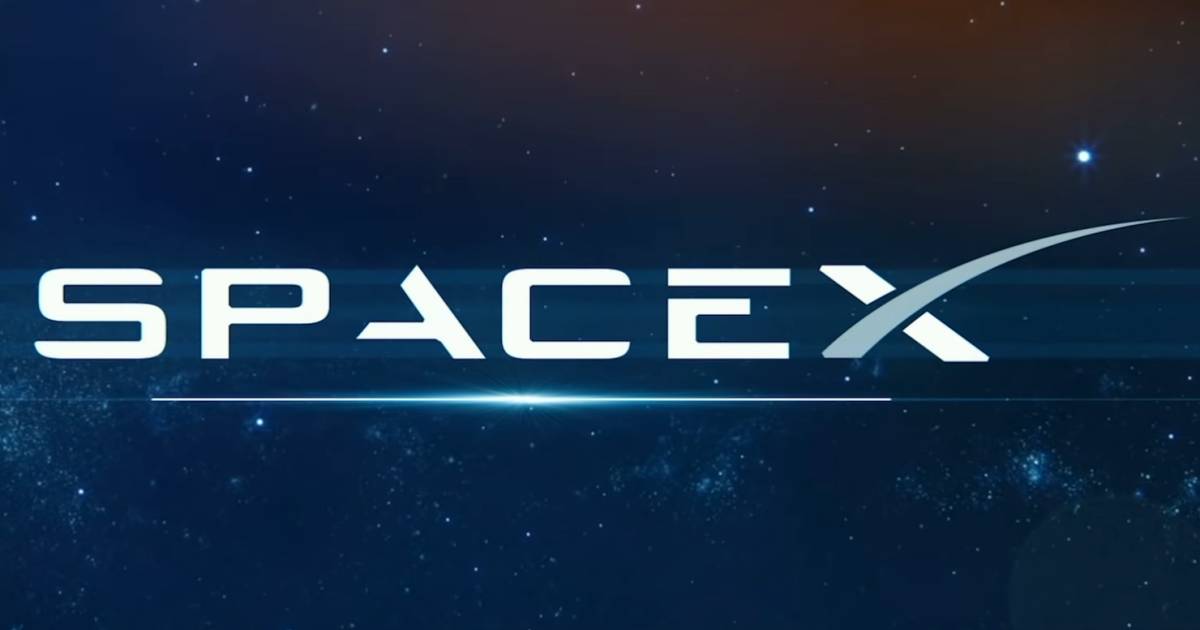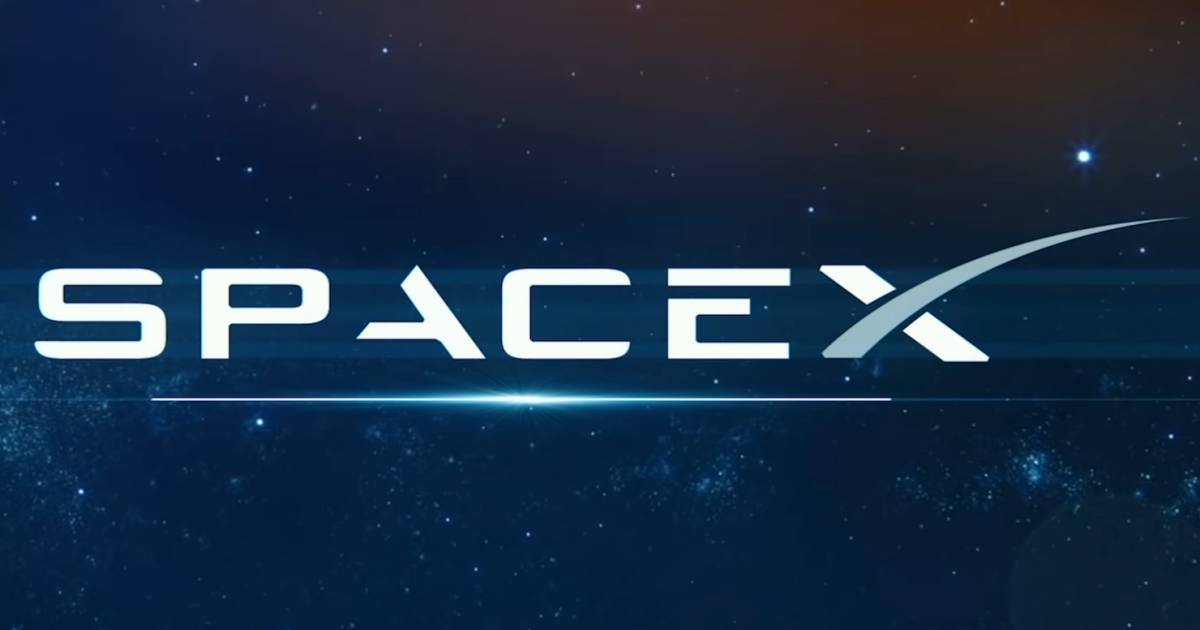Elon Musk's SpaceX launched another bunch of small broadband satellites into space early this week, which will add to the growing clutter orbiting the Earth.

This was the third launch of Starlink satellites from Space Launch Complex 40 at Cape Canaveral Air Force Station, Florida; with the payload this time being 60 satellites. Launched in a Falcon 9 rocket, they were deployed above the ocean between Australia and Antarctica around an hour after takeoff.
Deployed at an altitude of 290 kilometres, the satellites will use their onboard thrusters to reach an altitude of 550 km over the course of one to four months.
Starlink aims to offer broadband services across the planet using the satellites, with a special focus on providing connectivity in underserved areas. The number of satellites to be launched in total is mind-boggling - somewhere between 12,000 and 42,000 – although SpaceX acknowledges it may not need 42,000 of the devices.
"DarkSat" Prototype
SpaceX’s initial deployment of Starlink satellites in May last year caused some alarm when they initially formed a "train" that could be clearly seen from the ground.
Starlink has been working on the reflection issue. As well as the "shock" factor of the bright satellites, there are concerns from within the astronomy community regarding the sheer number of satellites to be launched and the impacts that could have on observation equipment and facilities.
One of the 60 satellites in the latest launch has an experimental coating that is designed to (hopefully) reduce its reflectivity. This prototype has been named "DarkSat".
Apparently, SpaceX is seeking to deploy up to 1,500 Starlink satellites this year over 23 more launches. The company plans to kick off service delivery in the U.S. and Canada, which may become available as early as late 2020.
SpaceX isn't the only player in the "megaconstellation" approach to broadband delivery via satellite and other applications. The skies above us will become increasingly crowded and it remains to be seen what other potential impacts that may have. For example, a collision between satellites can result in thousands of fragments being created - each of which then poses a threat to other satellites and space vehicles given the speed at which the debris and other craft travel.



